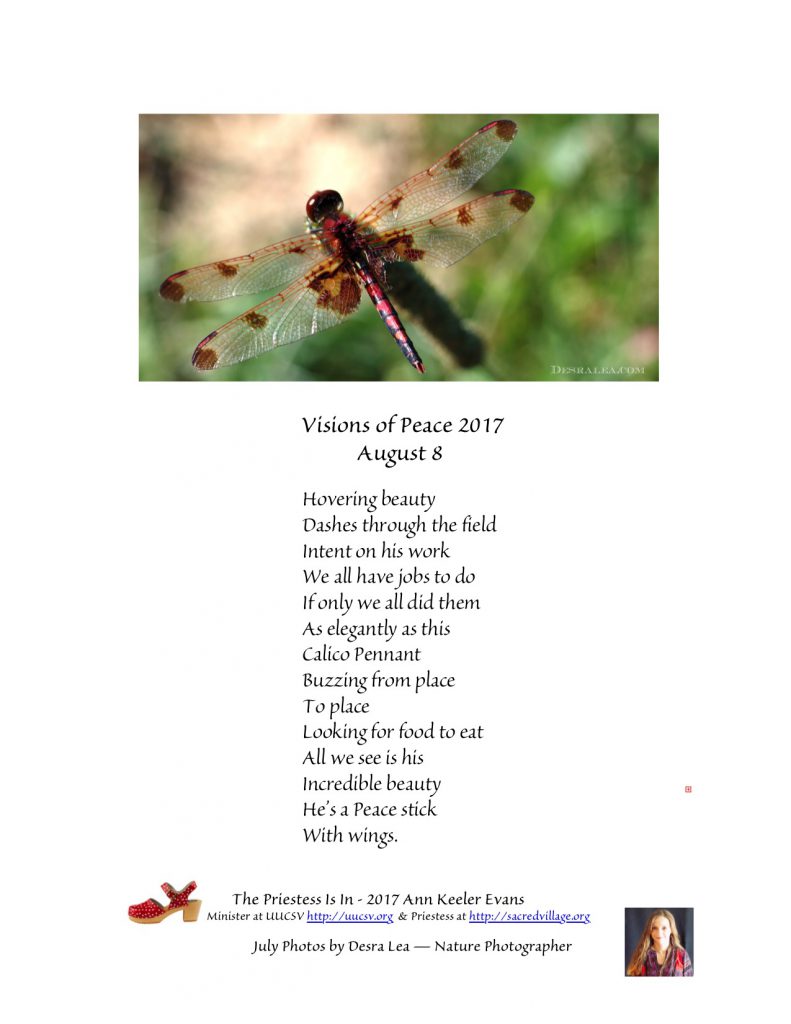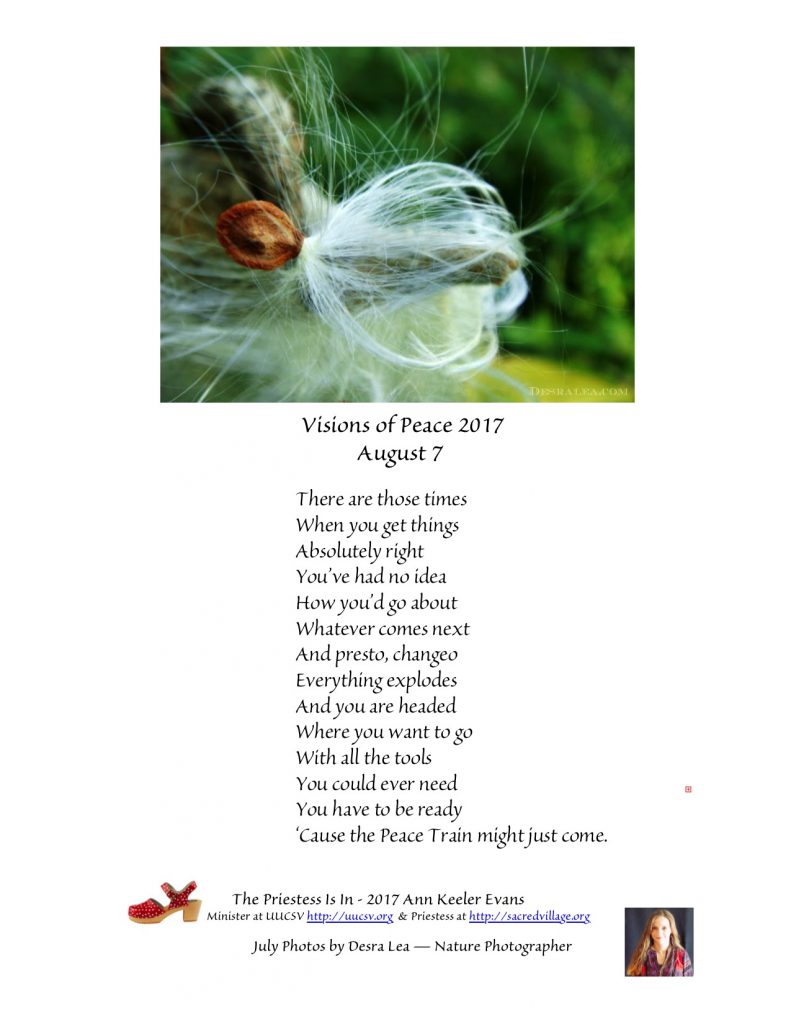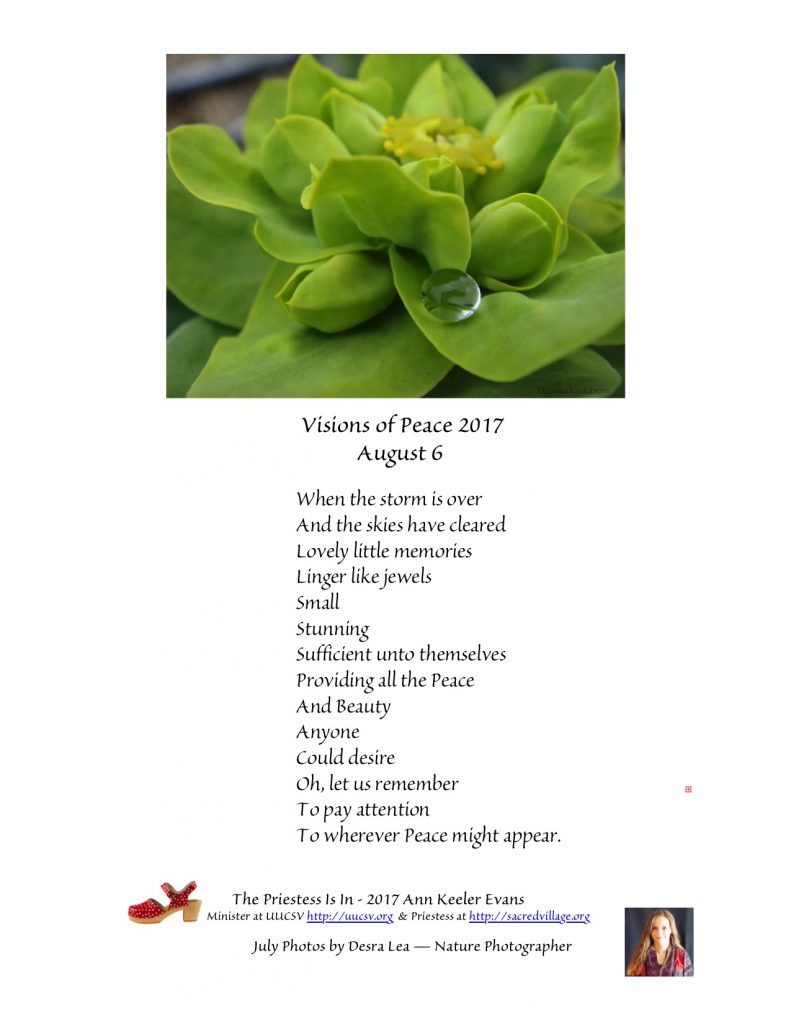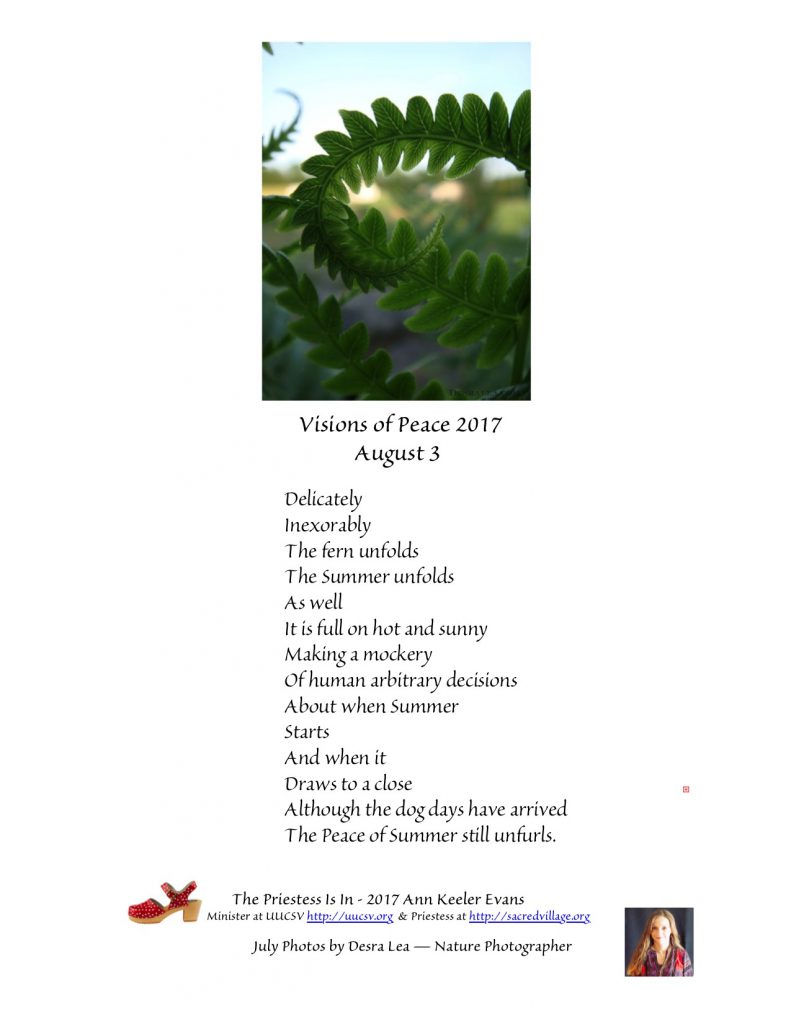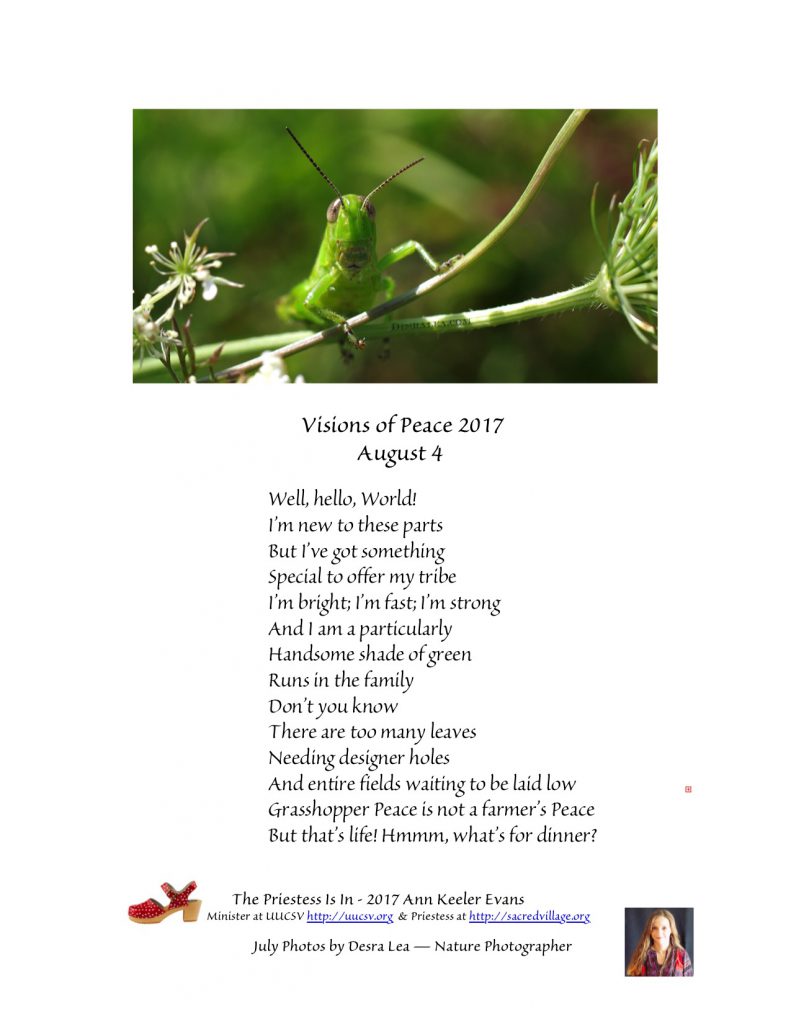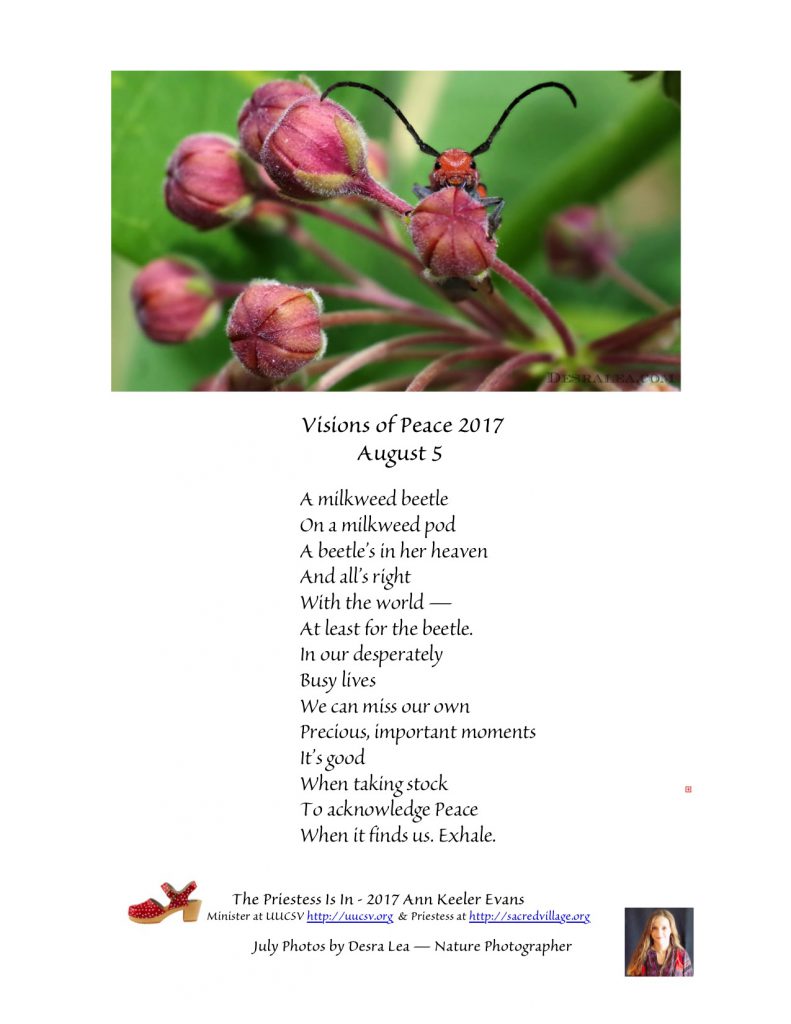There are two spices that dominate the American tablescape; crisp white salt is, of course, the first thing we think of in shakers across the country. The second spice, the yang to salt’s yin, is the brisk, bracing flavor-punch of black pepper.
Black pepper has been woven into the fabric of our culture for roughly 4000 years. Mummies were buried with pepper in their nasal cavities to help keep the body preserved. Greeks used it as currency. It was used as an offering to the gods, and as a bartering tool to placate the barbarians at the gates of Rome. And we all pretty much agree that it tastes great. But what is it?
Take a good, long whiff of freshly-cracked black pepper. Sneezing aside, what did you notice? It’s kind of…what, spicy? Pungent? Did you ever happen to notice that it also smells slightly floral, or at least vegetal? That’s because our beloved spice is actually a fruit.
Peppercorns are the berries that grow on the flowering vine Piper negrum, which can grow to 30+ feet tall and produce a whole lot of berries. While it’s been determined that this plant is native to India, Piper negrum has grown well when introduced into non-indigenous, tropical regions from Viet Nam to Brazil. Black pepper comes about when the berries are harvested, cooked, and dried to fragrant, grind-ready, wrinkly perfection.
Inside these little wizened flavor nuggets lives a compound called piperine, which has shown promise in helping treat a host of ailments, from stomach upset to depression to the Big C. Phytonutrients in pepper’s outermost layer help boost metabolism, which in turn helps keep the body moving and grooving in summary order. And the oil from black pepper, with its condensed nutrient/piperine payload, also helps with arthritis pain, lowers cholesterol and helps regulate blood pressure.
So do yourselves a favor. Get thee to a pepper mill and a bottle of whole corns (the good juju dissipates more readily out of pre-ground pepper, of course) and give yourself a dose of tastes-good-and-good-for-you. You don’t have to stick it in your nose to reap the benefits of black pepper that even the ancients recognized, four millennia ago. Just enjoy the extra bite in your salad, and move on.
Terri Peterson

